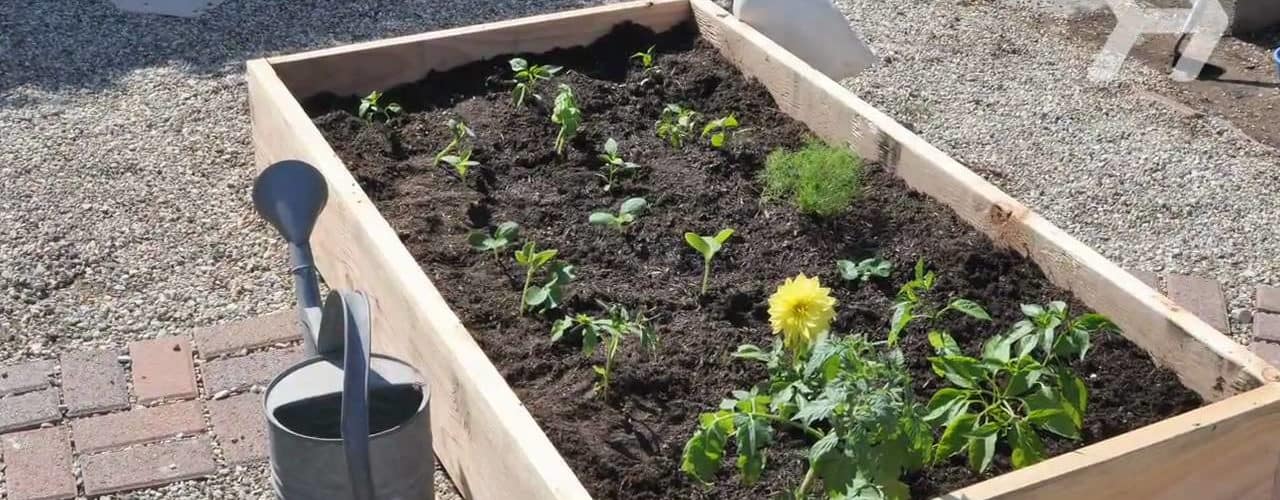Planting a vegetable garden can be a very fun and rewarding. The benefits reaped will include not only healthy foods and exercise but a great state of mind as well. You will feel really good about feeding your own home grown vegetables to your family and will probably have plenty to share with friends.
The first step, of course, is deciding how big a garden you want and where to put it. Be sure that the area that you choose is in full sun most of the day and remember that too big an area will be hard to work and you may wind up with more vegetables than you really need. A tiller is a must if you are to have any space at all.
Once you have the ground broken up and tilled until the soil is loose and workable, then you need to get the grass, roots, and weeds out of the soil to help prevent them from taking over the area again. Now would be the time to fertilize and add in potting soil mixed with nutrients. All of this should be done several days before you actually start planting your seed.
When you go to purchse seed, there are several things that should be considered. You should put thought into just which vegetables that your family will eat and try to avoid purchasing more seed than necessary. If your plants produce more than you can eat or safely store, then you have wasted not only the seed but a lot of valuable time and effort as well.
Depending on the variety of vegetables that you wish to plant, you should plan your garden carefully. For instance, it is not wise to plant squash on the same end as cucumbers. The same holds for cantaloupe and other melons. These vine plants tend to cross pollinate and you will come up with some very odd vegetables. I have always put these seeds in small hills consisting of three to four seeds to a hill and space them as far apart as possible, usually at opposite ends of the garden. Once these seeds sprout, you may need to thin out one or two of them to prevent overcrowding. This is also a good idea with pepper and tomato plants to assure that you do not get a few hot tomatoes.
The other seeds should go in rows that are amply spaced to allow tilling between them when needed. This should be done on a regular basis to keep the soil loose around the plants and to remove weeds. You will still have to pull or hoe the weeds that will appear too close to the plants to be gotten with the tiller. I have always started with the taller plants, such as corn and okra, on one side. You should space the seeds in the row about an inch or so apart but some gardeners place them closer together to ensure even sprouting and pull up the excess once the plants have come up. I then like to place any beans or peas in the next rows over and then work with any other vegetables such as carrots or radishes. Leaf lettuce is great in a garden and even better in a fresh salad but it tends to spread and overtake the area around it. I personally like to isolate this particular vegetable alone in a raised bed aside from the garden.
Producing a healthy and productive garden can be a lot of work. It is necessary to weed daily and to keep the garden watered. You should also take the time to check for garden pests and treat for them often. Adding shreaded newspaper around your plants will help keep the weeds to a minimum and also ads mulch which helps to hold in moisture.
You will find that planting and harvesting your garden is a wonderful experience and you will come up with some of your own ideas along the way. You will find it a great way to be sure that the vegetables that your family is consuming are not only safe and healthy but tasty as well.







